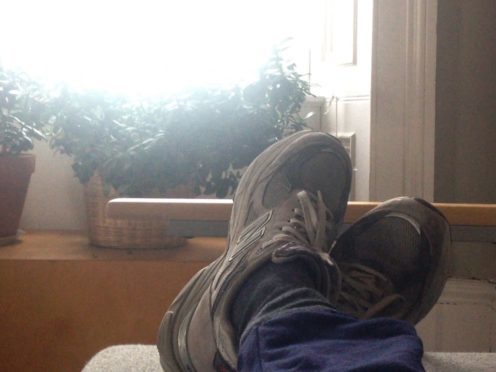Four artists have been shortlisted for the Turner Prize 2018.
The artists, all “tackling the most pressing political and humanitarian issues of today”, includes a group, Forensic Architecture.
These are the names in the running for the £25,000 prize:
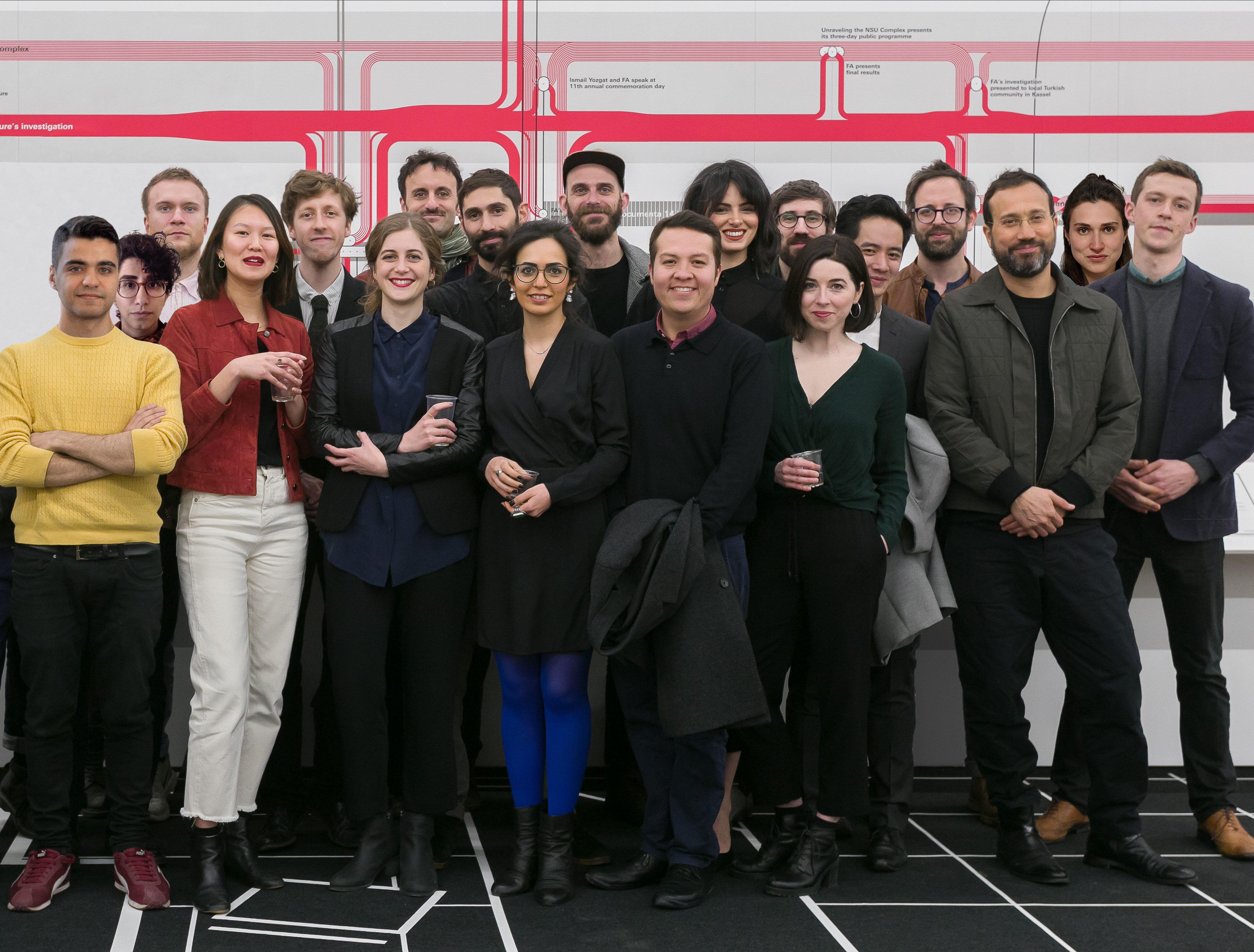
Forensic Architecture
The academic unit, at Goldsmiths, University of London, is comprised of around 16 members.
It includes architects, filmmakers, software developers, investigative journalists, lawyers and scientists.
Forensic Architecture uses “innovative methods” to source and visualise evidence relating to human rights abuses around the world, investigating “state and corporate violations worldwide”.
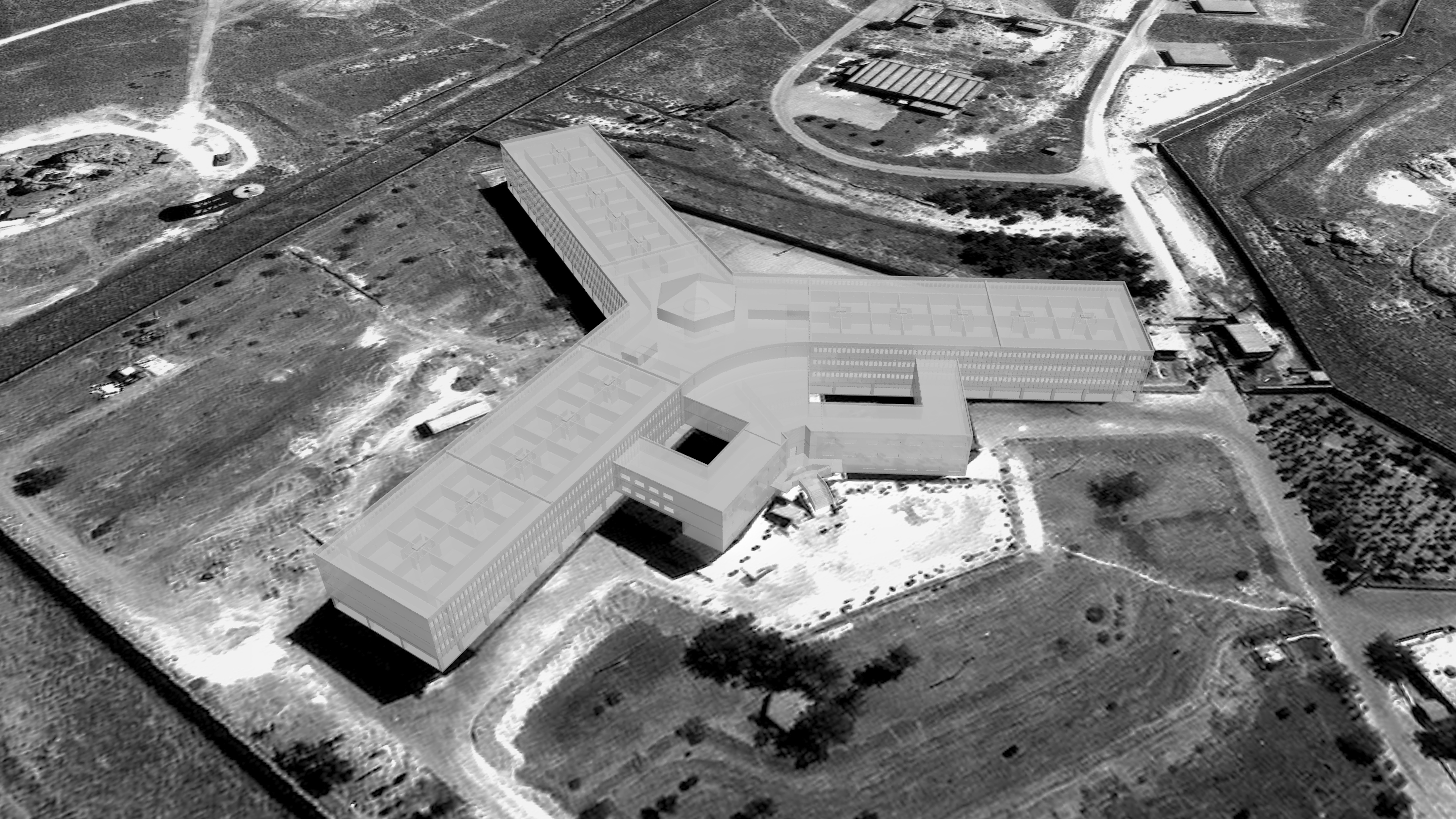
Working alongside NGOs, environmental justice and human rights groups, their investigations have provided decisive evidence in legal cases from Germany to The Hague.
Judges said their “urgent” and “important” work was some of the most “radical and ground-breaking art practice going on right now”.
Naeem Mohaiemen
The London-born 49-year-old’s work includes film, installations and essays and investigates a “sense of melancholia for lost political dreams”, memories of Leftist political utopias and “legacies of decolonisation”.
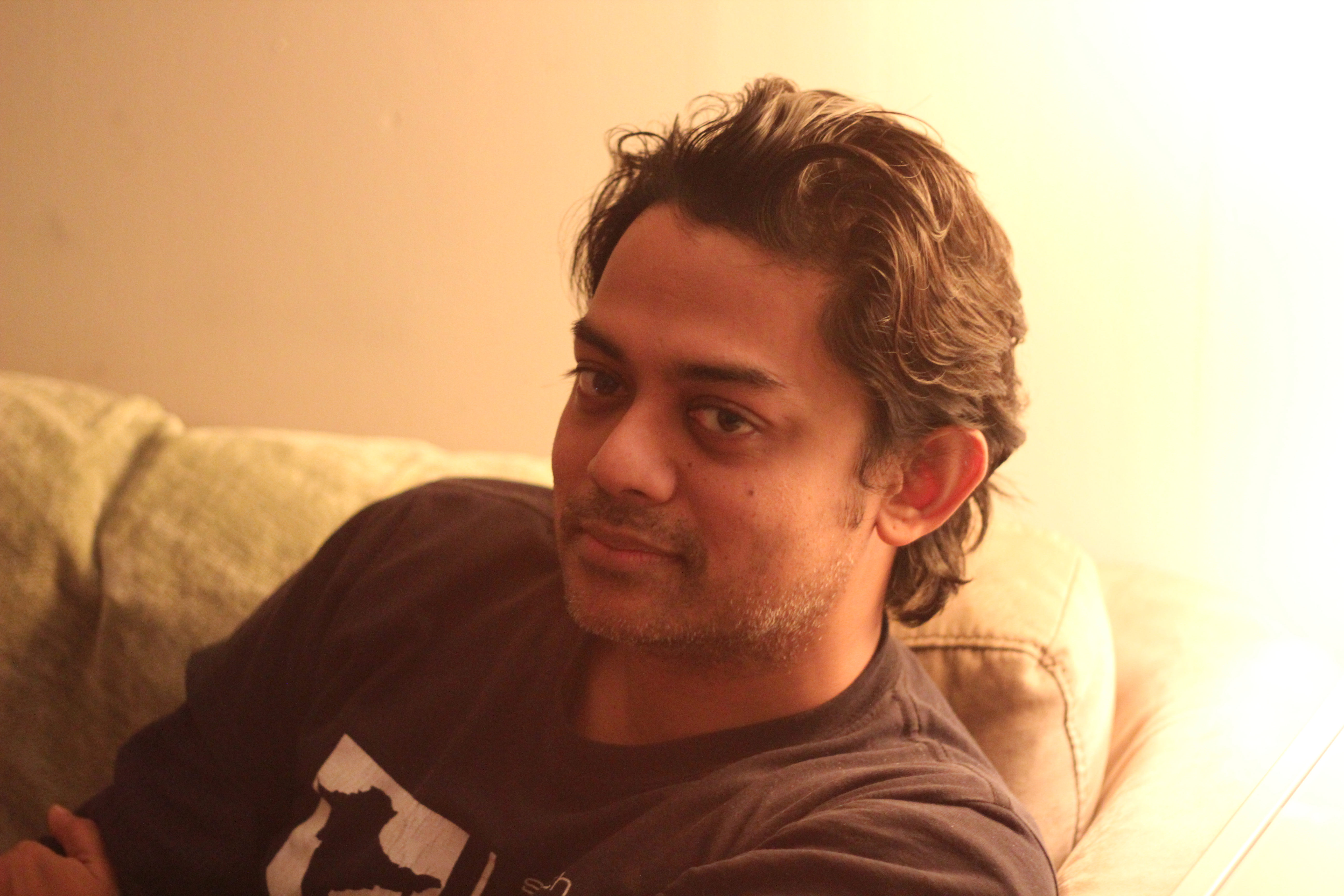
His art also incorporates family history and includes a fictional film about a man who lived alone in an abandoned airport, with the novel Watership Down and Boney M songs as his companions.

Judges said his art captures “a sense of alienation that unfolding events can cause” which is “very pertinent to a world in which people are increasingly feeling alienated and perhaps turning to ever more desperate solutions”.
Mohaiemen works in New York and Dhaka.
Charlotte Prodger
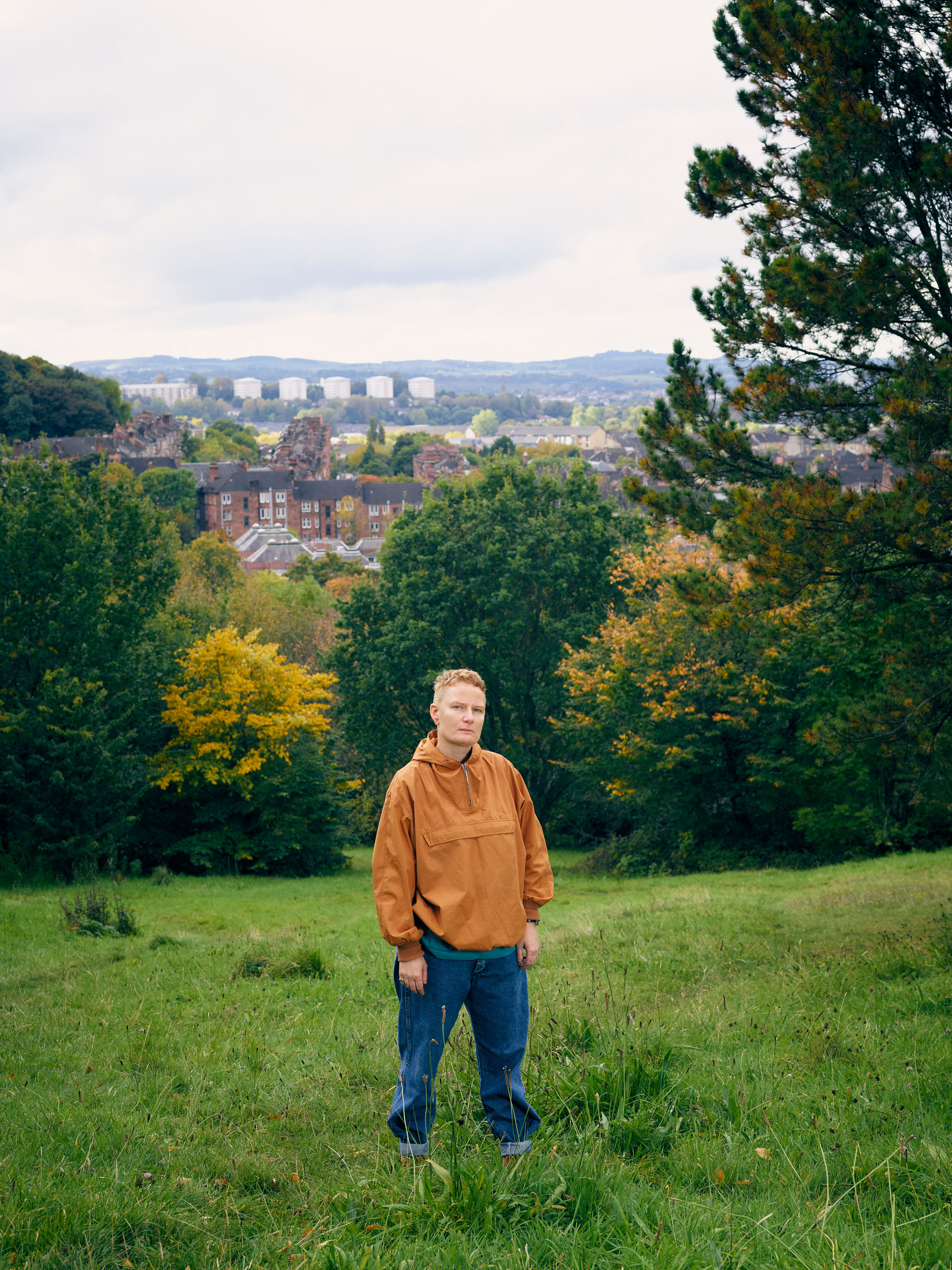
Portsmouth-born Prodger is 44 and lives in Glasgow.
Her film Bridgit, named after a Neolithic deity, was shot entirely on her iPhone, “which she approaches as a prosthesis or extension of the nervous system” with the “body and device becoming extensions of each other”.
Her work is described as “a new kind of self-portrait” and a “meditation on what it is to be human”.
The jury praised Prodger “for the nuanced way in which she deals with identity politics, particularly from a queer perspective” and for tackling “how we understand our place in the world”.
They said of her use of the iPhone: “It’s the extension to the body that really interests her”.
Luke Willis Thompson
Willis Thompson investigates the treatment of minority communities.
The 30-year-old, who lives in London, tackles the histories of class, racial and social inequality, institutional violence, colonialism and forced migration.
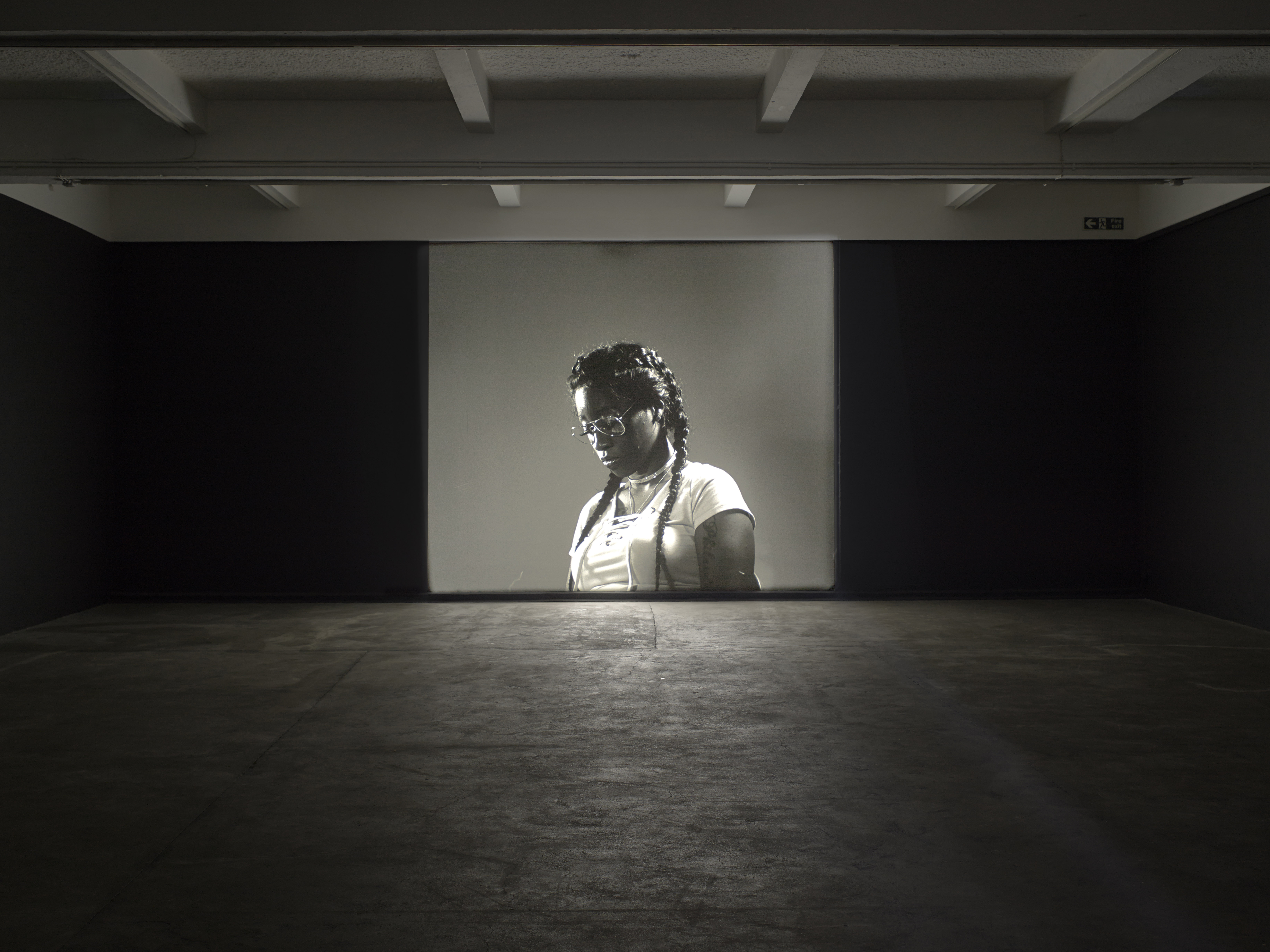
Judges praised the New Zealand-born artist’s black and white, silent 35mm portrait of Diamond Reynolds as a “deeply affecting study of grief”.
In 2016, Reynolds broadcast live, on Facebook, the moments immediately after the fatal shooting of her partner, Philando Castile, by a police officer during a traffic stop in the US.
